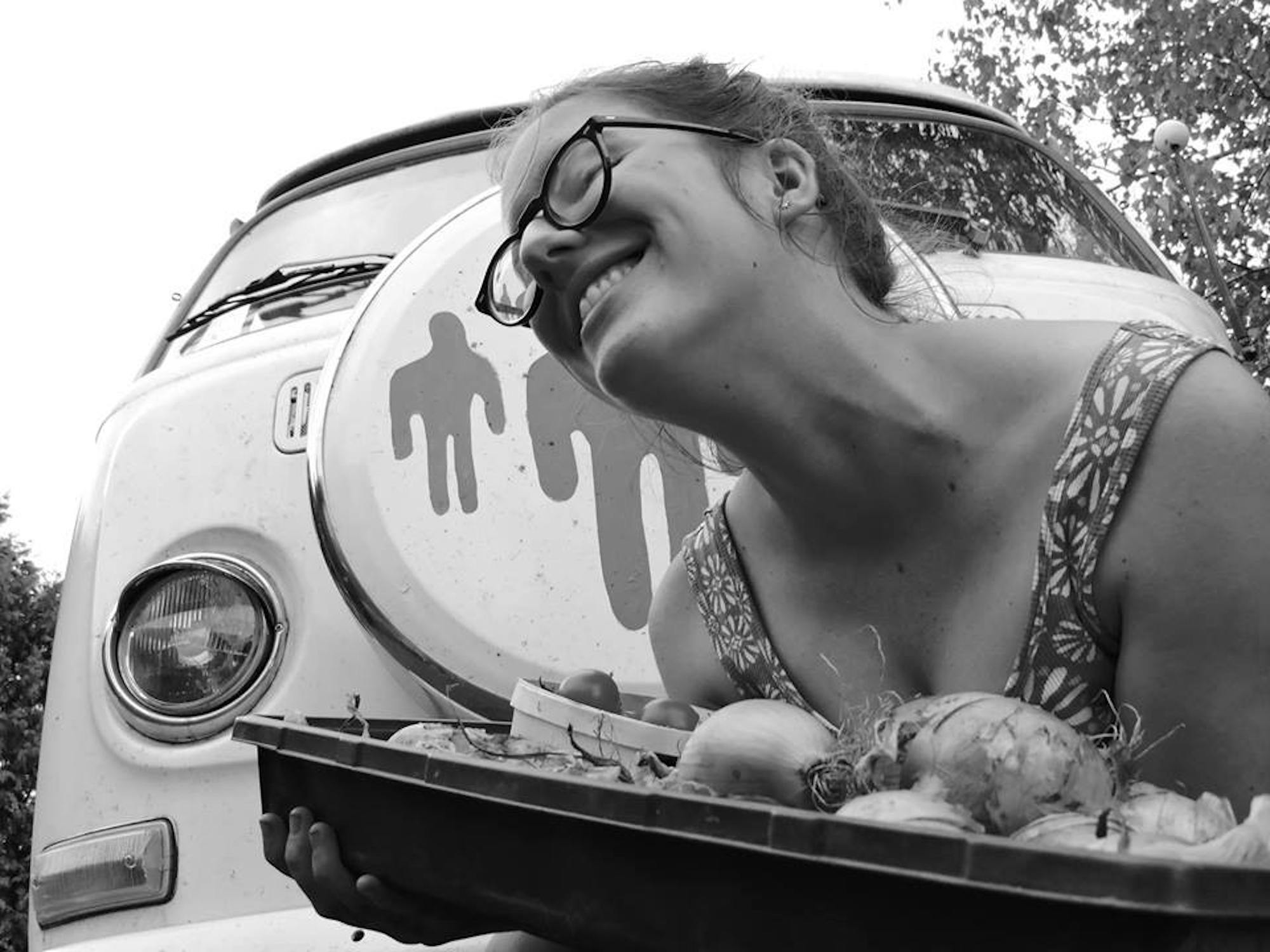I don’t remember when I first read Laura Ingalls Wilder’s Little House series. I can picture the nine-volume paperback box set, each cover a different pastel gingham, sitting on the lower left of the downstairs bookcases as if it has always been there. I know that the first book in the series, “Little House in the Big Woods,” was read aloud in my preschool group; I would ask my mom for two “Laura braids” when she did my hair in early elementary school. Wilder’s childhood and my childhood are woven together, zigzagging across two centuries and the continental United States.
Wilder wrote the Little House series as a fictionalized account of her childhood in the Midwest during the 1870s and 1880s. The eight original books relate Laura’s life from the age of four, living in a Wisconsin log cabin with her Ma, Pa and sisters Mary, Carrie and Grace, to the age of 18, newly married to Almanzo Wilder and homesteading in South Dakota. A ninth book, “The First Four Years,” is typically included in the series and was published following Laura Ingalls Wilder’s death from a first draft recovered from her daughter’s belongings.
Quick chapters, often no more than a few pages, jump between topics, stories and chronologies. Almost like diary entries, the chapters form a collection of daily routines roughly sorted into books by shared place or time. The ability of the chapters to stand alone, combined with Wilder’s fondness for descriptions of food and its preparation, gives the series a déjà vu familiarity. In one chapter of “On the Banks of Plum Creek,” the Ingalls celebrate Christmas with a dinner of oysters and baked beans, Pa having eaten the crackers and candy while lost in a blizzard on his way home. Two books later in “The Long Winter,” watery oyster soup, potatoes and brown bread become a Christmas feast for the family, who has been marooned on its homestead by an unusually harsh winter. With its simple language and soft, black and white pictures, the series makes for a quick read; in an afternoon, I can follow Laura from childhood to marriage.
And since that first read of “Little House in the Big Woods” — whenever it was — I’ve probably never gone more than two years without revisiting my Little House set. When I reread the Little House books, I’ll often start with Farmer Boy, the second in the series, before continuing on to the other eight. I’ve read the series again and again, partly out of nostalgic curiosity but mostly out of something more: the fantasy of Laura’s reality. The books are pure escapism, tending more towards richly detailed how-to rather than linear narrative. And like fables, I read each chapter looking for the lesson, one more piece of advice to store away.
“Farmer Boy,” Wilder’s account of her husband Almanzo Wilder’s childhood, has always been my favorite for exactly that reason. The endless chores on the Wilder family farm in upstate New York make for a book filled with the educational minutiae I love: training a pair of oxen to wear a yoke, cutting and storing slabs of ice for use throughout the year, saving baby corn from an early frost and shaving shingles by hand. In the world of the Little House series, homesteading skills were described in a way that made them seem attainable and enviable.
The escapism of the books lies in the constant productivity of the characters’ lives. The tasks and chores that make up their daily routines are immediately and tangibly essential to their survival.
Although the uncertainty of the future hangs over the Little House series, the life of homesteaders is in the moment. Again and again, Wilder describes how her family emerges from hard times having carried on with the daily rituals that would get them through to the next day — building a fire with hay twists can warm and feed a family throughout a winter of unending blizzards, and warm meals can make even a covered wagon feel like home. The characters’ confidence in their skills and knowledge is the basis for an unwavering optimism in the face of an uncertain future.
I think this self-reliant optimism is the true escape I find in Wilder’s books. I idealize homesteading, building and outfitting a home, feeding and clothing the family inside it and ensuring a comfortable and stable future with my own hands. As a child attempting to make sense of school and parents’ jobs and piggy bank savings, the Little House series offered me a reassuring world where every task had an immediate purpose and, with each description of those tasks, a manual to my own self-sufficient future of infinite possibility.
And now, halfway grown up, I still find a cozy, welcoming escape in Laura’s life. Of course, this fantasy requires me to discount 150 years of change and advancement and ignore the opportunities made available to me because I haven’t had to contribute to my family’s survival in significant ways. I’m already too old to be a married homesteader at eighteen and as a lifelong vegetarian, I’m probably never going to smoke venison in a homemade smoker. I can long for a Little House life because I haven’t lived it.
There’s always something to do next in Wilder’s books, which is exactly why I love them. As I was flipping through “Little House in the Big Woods” while writing this column, I found myself skimming through chapter after chapter, caught up in each moment of productivity. There’s butter to be churned, bee stings to sooth with mud and bandages — and then there’s tomorrow.




